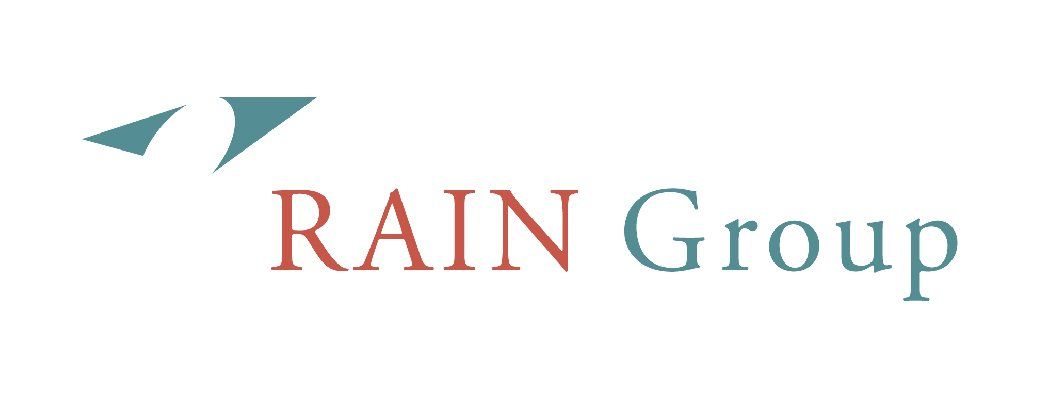Is your webinar presentation . . .
Practiced or Polished?
flawless event from using the right technology, to engaging the audience, to getting people to attend.
5 WEBINAR GUIDELINES PROFESSIONALS CANNOT AFFORD TO FORGET
You are probably a presentation pro if you’re delivering a marketing webinar. Guidelines for how to prepare may seem unnecessary: One presenter wrote, "Telling me to prepare before an event is like telling Sinatra to warm up."
Such opinions outstanding, professionals can benefit from a reminder on what to do. Here are five webinar preparation guidelines that will serve you well regardless of your level of skill or experience.
#1: PREPARING THE PRESENTATION
Most marketing webinars run 60 minutes and include a 15-minute Q&A session. The Q&A session will take care of itself. That leaves you with a 45-minute presentation to focus on.
For the visual element, you will need to create a PowerPoint presentation. Every
quality presentation contains some key items. They are:
- Visuals: PowerPoint presentations should never feature slide after slide of text. Include as many pictures, fun images, cartoons, graphs and charts as you can.The “Insert SmartArt” feature in PowerPoint 2007 is a life saver. This feature creates three-dimensional, colorful, well-designed graphs and charts of all types from within a drop-down menu. It means you spend 90 minutes on work that would ordinarily take a designer a day or two to complete.Another important visual key is to avoid showing a single slide for more than 60 seconds. The only exception to this is if you “build” or animate your presentation so that new information appears on a slide.The end result means your deck should have between 25-40 slides.
- Polls: Audiences love it when they can interact with the presenter. That’s why Q&A sessions follow most every webinar.Polls offer presenters a fun way to interact with the audience during the presentation. It can only help to use 1-4 polls in a 45-minute presentation.A side benefit of polls is that they glean information about the audience. You can ask attendees what topic you should devote more time to or find out if most of the attendees are solo practitioners or work for large firms. Attendees can then savor your presentation as you tailor it to their needs.
- Audio: Your voice will accompany the visuals. And just as pictures spice up a presentation, so too do stories and anecdotes. These convey information more powerfully than reading a list of bullets. They keep your audience listening and are often the most memorable part of a webinar.Finally, never read from a script. It makes a live presentation lifeless and, well, scripted. (Think Ferris Bueller’s Day Off : "Bueller, Bueller, Bueller.:) If you need notes, the best thing to do is to have a list of bulleted talking points you want to cover for each slide. They will ensure you cover everything and will give you the space to deliver your lines with the spark of spontaneity.
#2: HAVING THE PROPER MOTIVATION
Marketing webinars work best when they position the presenter as a knowledgeable and objective resource who delivers educational content. That approach is ruined when the presenter promotes his or her company’s services or products. It turns an informational event into an advertorial.
Leave any overt marketing to the moderator. The moderator can promote the company at the beginning and end of the webinar.
There are two exceptions. It is okay to share information about yourself, your company, and your work if the goal is to educate attendees. It is also okay to briefly mention your research, writings, etc., if it is to provide attendees with a citation.
#3: KNOW WHO YOU’RE SPEAKING TO
You can have the best presentation in the world, but it won’t work if you deliver it to the wrong audience. Imagine Michael Jordan showing a synchronized swimming team how to take a jump shot. Audience information you want before creating a presentation includes:
- Titles
- Firm sizes
- Industries
- Areas of focus
- Age range
If you are delivering a presentation for another company, make sure to look at their list demographics.
#4: CAREFULLY PICK WHAT YOU PUT IN THE SPOTLIGHT
The best webinars usually have a strong focus. In thinking about how to
structure your presentation, first choosing a single question you’d like to answer for attendees. Some examples might include:
- How do I have my webinar attendees leave this presentation knowing what rules they need to follow to turn customers into clients?
- How do I have my webinar attendees leave this presentation knowing how to best use LinkedIn to generate new business?
Anything in the presentation that doesn’t answer the core question can get cut.
#5: PRACTICE, PRACTICE, PRACTICE
Improvisational theater does not make for good webinars. Always practice delivering your presentation several times. It gives you the time you need to work out any kinks, get comfortable with the delivery, and add any finishing touches.
Professionally Done
A webinar presentation has many elements to it. These five guidelines will give you a solid framework to work from. Remember, while Frank Sinatra was a great professional, even he could not afford to sing off key.
Get started today: Submit your info for a demo or to schedule a consult.
CONTACT US:
Rally Point Webinars
770 E Main St.
Suite 406
Lehi, UT 84043
Copyright © Rally Point Webinars, LLC 2009-2024. All rights reserved.
Privacy Policy
|
Terms & Conditions




